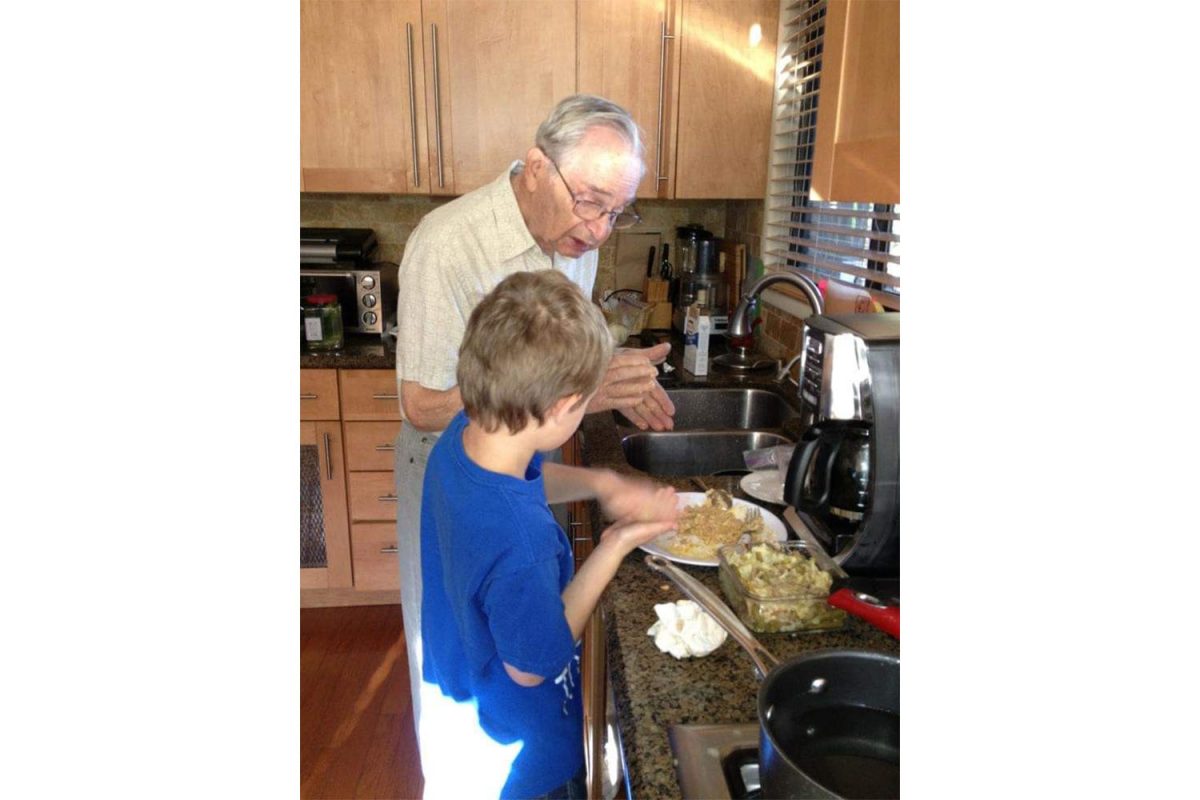 Mark your calendars.
Mark your calendars.
California will reopen by June 15, giving its residents their first taste of freedom since lockdowns were first implemented in response to COVID-19 in March of 2020.
Gov. Gavin Newsom pledged to reopen the California economy and discard the four-tier classification system currently in place, pointing to an increase in the COVID-19 vaccine distribution and the steady decline in total cases and hospitalizations.
One has to wonder, however, how come June 15?
Why does the state need over two more months to reopen when other states have done it even sooner?
California should reopen much earlier than the current target date as the blueprint has already been established by its contemporaries.
Texas has been fully open without mask mandates since a March 2 order by Gov. Gregg Abbott and has not seen a significant uptick in cases or hospitalizations. The state’s weekly average of around 7,250 cases on March 2 was cut in half to about 3,400 on April 10.
California has also not been reporting high case numbers, with an average of less than 4,000 new daily cases since March 10.
The Golden State also boasts about having the lowest COVID-19 positivity rate in the entire nation but is still reluctant to reopen, despite sitting at 1.7%.
The state remains shut down due in part to the lack of consistent transparency in providing certain data by Gov. Newsom’s office during the pandemic.
His wavering back and forth between deciding on the criteria to open certain counties has prevented possible steps by local officials.
Dr. Mark Ghaly, Newsom’s top COVID-19 advisor, provided an explanation on why the current date is set, stating that not enough people will be fully vaccinated to possibly open before June 15.
Ghaly’s reasoning is overly cautious compared to steps taken by other states. California residents 16 years of age and older have been eligible to receive their dose of the vaccine since April 15, only two weeks after Texas on March 29.
Yet, the reopening dates are more than three months apart.
California should reopen while people are receiving their vaccines as a transition period into normal life, like Texas has done.
Another puzzling piece to the California reopening plan is the continuation of the mask mandate, even though there isn’t a consensus among doctors.
According to UCSF’s Dr. Monica Gandhi, it is not realistic for California to maintain a mask mandate, as “those who are vaccinated are protected from infection, and because those who are vaccinated protect the non-vaccinated since these vaccines reduce transmission.”
It’s not all bleak in California, especially when it comes to the efficiency with vaccine rollouts. Roughly 34% of people have received at least one shot, and 18% are fully vaccinated as of April 10.
The entire response effort by the state has been subpar, but even with massive flaws in the reopening plan, it appears Californians will finally get the summer they deserve.





